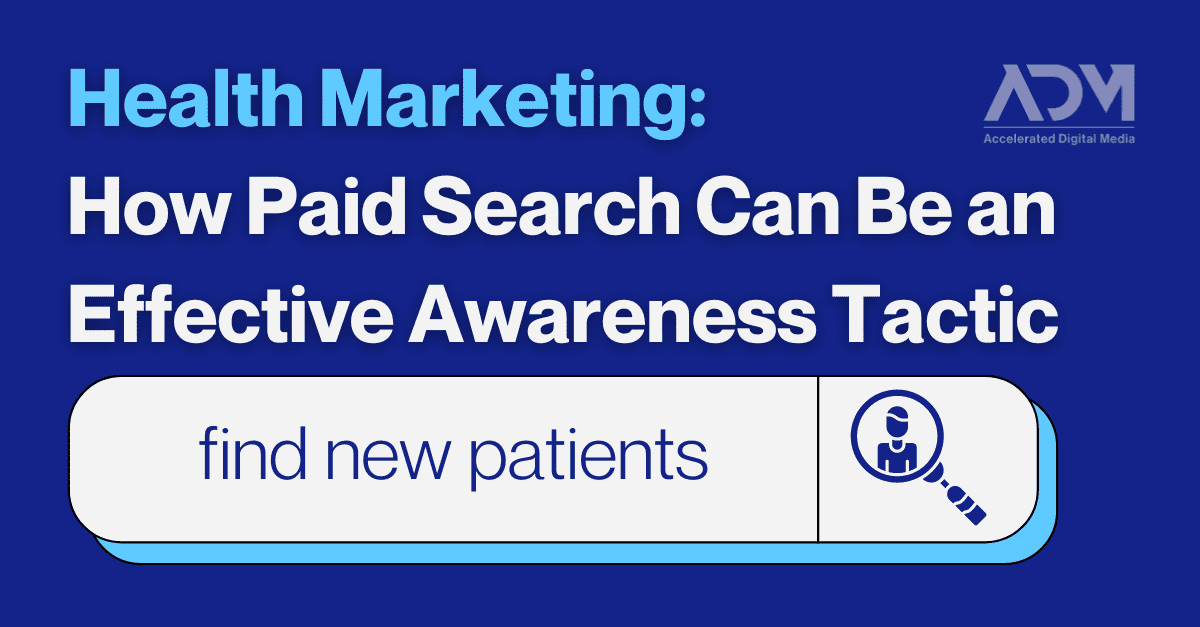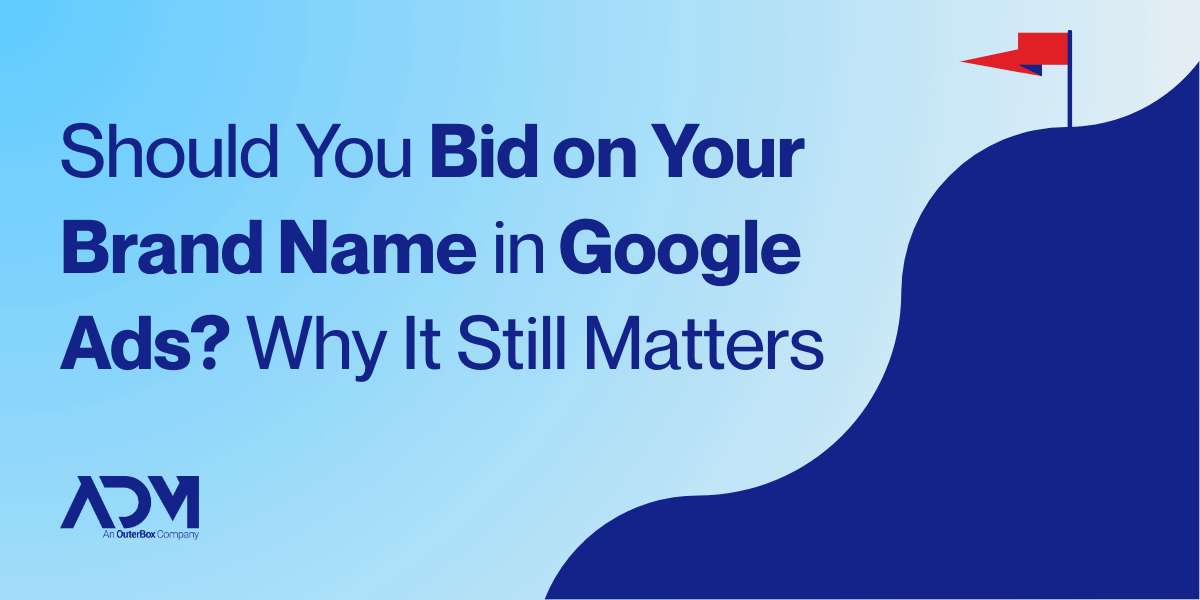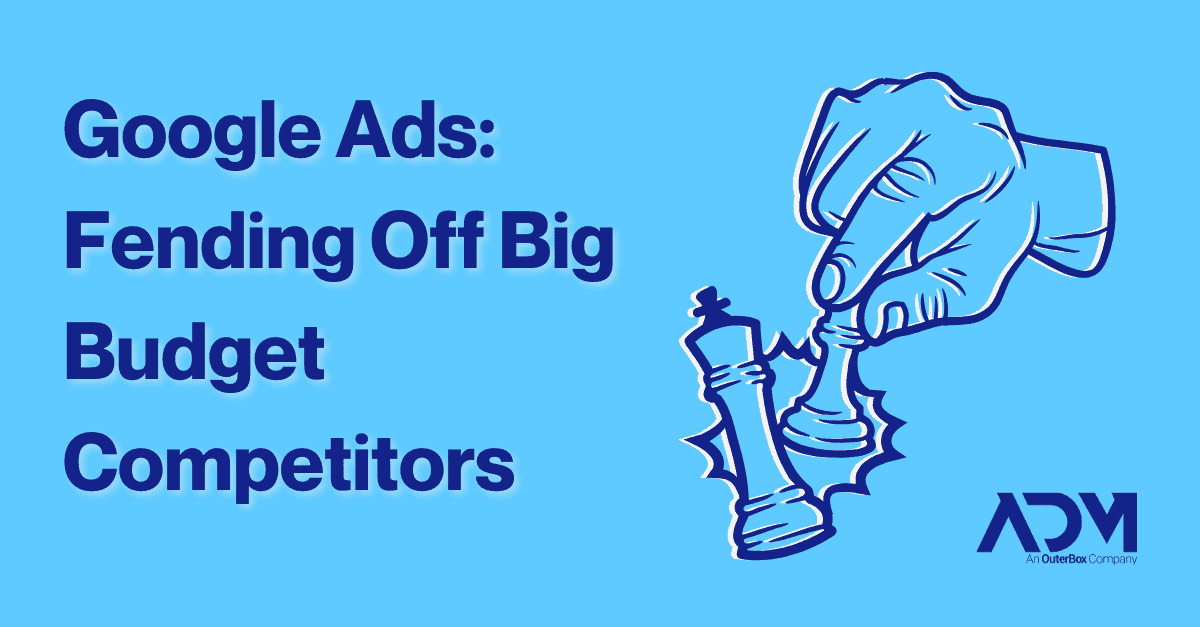One of the many realities that health companies face in their marketing is that they can’t always use the same methods as traditional retailers when it comes to vital marketing processes. The steps of a patient journey do have some overlap with a traditional sales funnel, but health companies will need to address certain steps of that journey differently for a couple of reasons. One, the nature of patients—their motivations, needs, and research process—is much different from that of buyers. And two, government and platform regulations dictate how health brands can and can’t advertise.
This dynamic is reflected throughout each stage of health advertising, beginning with prospecting. If a health brand is looking to establish itself or branch out into new markets, it might face a bit of an uphill climb when using traditional approaches. Which means, as a health advertising agency, ADM often needs to find different methods to help our clients carry out those marketing functions.
Typically for consumer product branding efforts, we’d recommend tactics like running YouTube ads to increase awareness among potentially-interested audiences. But when one of our leading health clients, Nurx, wanted to increase visibility for its dermatology offerings, we knew that YouTube was not going to be a premier option. Instead, we decided to use paid search as a top-of-funnel/awareness tactic. In this blog, we’ll explain why we did that, how we went about it, and how the campaigns performed.
Traditional Awareness Tactics Are a Challenge for Health Advertisers
Due to audience restrictions contained in Google Ads’ personalized health policy prevents healthcare brands from using remarketing, custom intent, or customer list audiences—meaning it can be hard to narrow audiences in any meaningful way. That can render YouTube an inefficient channel for health prospecting. Even further down the line, Google recommends that YouTube for Action campaign type (which specifically optimizes for conversions) be run with first-party audiences, which are a non-starter for health brands.
Nurx is a well-known name for women’s health products, but in this case they wanted to make more potential patients aware that they offered dermatological products and services as well. With all that in mind, we were confident that there wasn’t a route where YouTube advertising could produce cost per actions (CPAs) within Nurx’s target range. Instead, we turned to paid search.
Paid search is effective all across the funnel, but is often seen as a conversion-minded tactic given the high level of intent involved in someone manually searching for relevant terms. The right campaign approach would allow us to cast a wider net and reach users searching for broader skincare solutions while also positioning Nurx as a comprehensive provider in the prescription skincare space.
Building Health Advertising with Paid Search
Nurx’s existing dermatology paid search campaigns were focused on condition-specific keywords (e.g., anti-aging, acne, wrinkles) or medication-specific terms. For this awareness push, however, we built a campaign around more general keywords like “dermatologist skincare,” “prescription skincare,” and “prescription skin cream.”
We structured it as a non-brand search campaign with consolidated exact and phrase match keywords in the same ad groups. This approach ensured that the more general prescription skincare terms would generate incremental conversions, without cannibalizing existing condition-specific campaigns. We also used exact match negative keywords to prevent overlap with other campaigns.
For ad copy, we kept the messaging broad: Instead of focusing on a specific condition or medication, headlines emphasized prescription skincare and value propositions that positioned Nurx as a top provider in the space. Examples included “Prescription Skincare Online,” “Dermatologist Recommended,” and “For Acne, Anti-Aging & Melasma.” Additionally, we highlighted specific prescription offerings by name to further strengthen the campaign’s relevance to potential customers.
One challenge the team identified was the potential for the campaign to drive mostly acne-related conversions. One of the most popular prescription medications that Nurx offers can treat either acne or skin aging, but there were concerns that the budget for our broader dermatology campaign might be disproportionately spent on acne conversions—which we would need to avoid were this campaign to function as a more general awareness campaign.
Typically, we’d have built this campaign for this client using a target cost-per action (tCPA) bidding strategy, but because of those concerns about acne queries dominating the budget, we decided instead to implement a target Return on Ad Spend (tROAS) bidding strategy. Having implemented distinct conversion actions for each type of dermatology purchase (acne-specific purchase, anti-aging-specific purchase), we could assign different conversion values to each of these actions, and create a custom conversion goal that prioritized anti-aging conversions while still optimizing for other uses like acne treatment.
To ensure the campaign was able to learn its audience quickly, we used a general “maximize conversion value” bid strategy for the first few days after launch. This approach allowed us to optimize for the most valuable conversion events while still keeping the campaign aligned with Nurx’s overarching dermatology goals—and once the campaign had gathered adequate data, we transitioned it to tROAS.
An Effective Multi-Stage Health Campaign
With this highly-intentional campaign build, we were able to produce strong performance for Nurx’s dermatology vertical. Over a 7-month span, this campaign produced hundreds of thousands of impressions and hundreds of new conversions. And despite existing as a top-of-funnel tactic, it produced a CPA similar to Nurx’s bottom-of-funnel campaigns—which would have been unlikely with a YouTube awareness campaign pointed at a broader audience.
Integral to the success of this campaign were the controls ADM put in place to prevent acne queries from cannibalizing the budget. While those still represented the largest category of queries, more than half of the campaign’s overall budget was devoted to non-acne related health queries,allowing Nurx to position itself more broadly in the dermatology space.
This work, conducted by ADM’s Isabella Yates, Claire Burwell, Chris Elkins, highlights the flexibility and planning it takes to execute effective and compliant health marketing. Knowing that certain traditional tactics, like YouTube Ads, would not fit in this space, we devised an alternate plan that delivered both awareness and conversions at an efficient price for the client.
If you’re looking for a health marketing agency that isn’t afraid to innovate and alter its own standard approaches in order to achieve your specific goals, consider reaching out to the ADM team for a consultation or audit.



